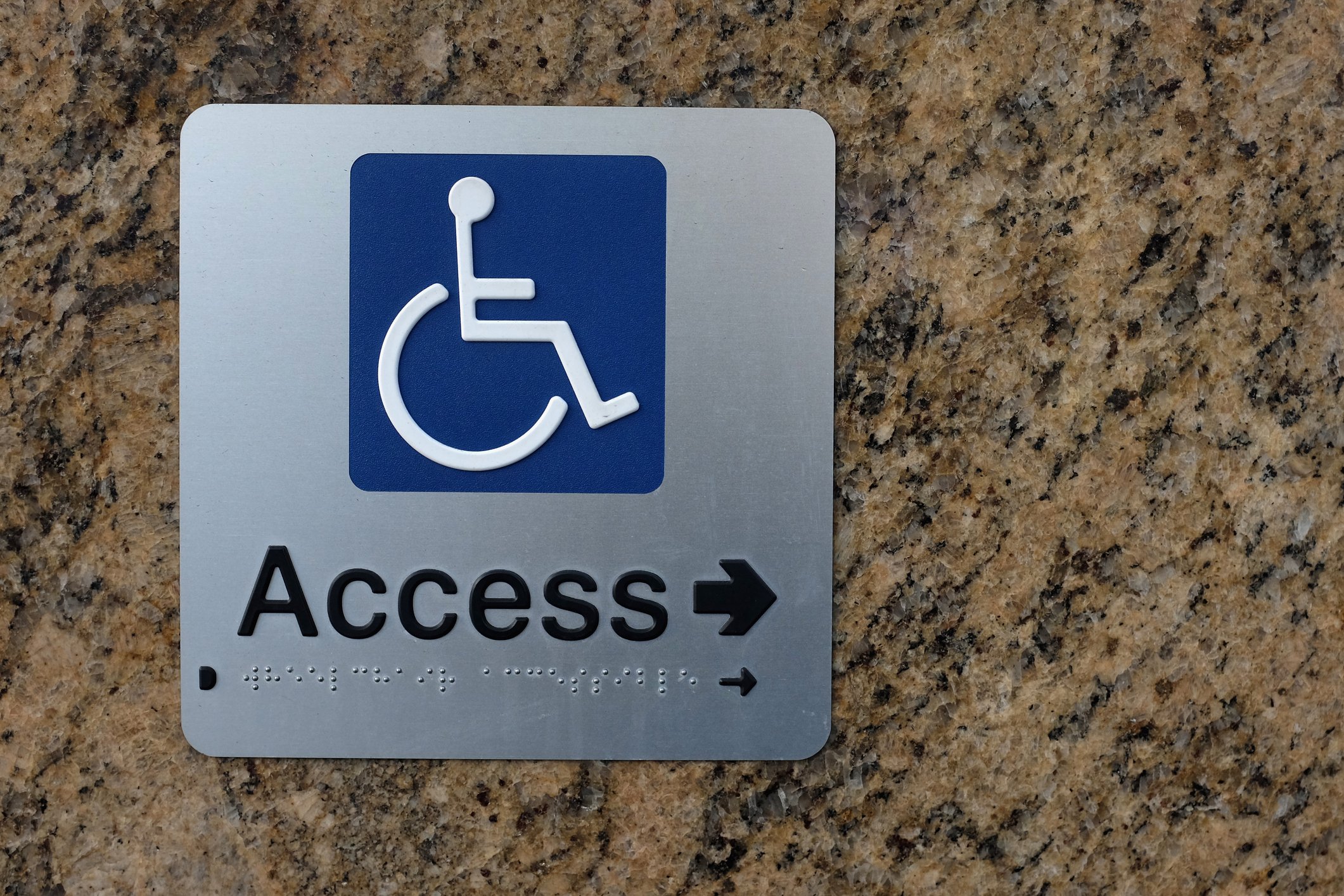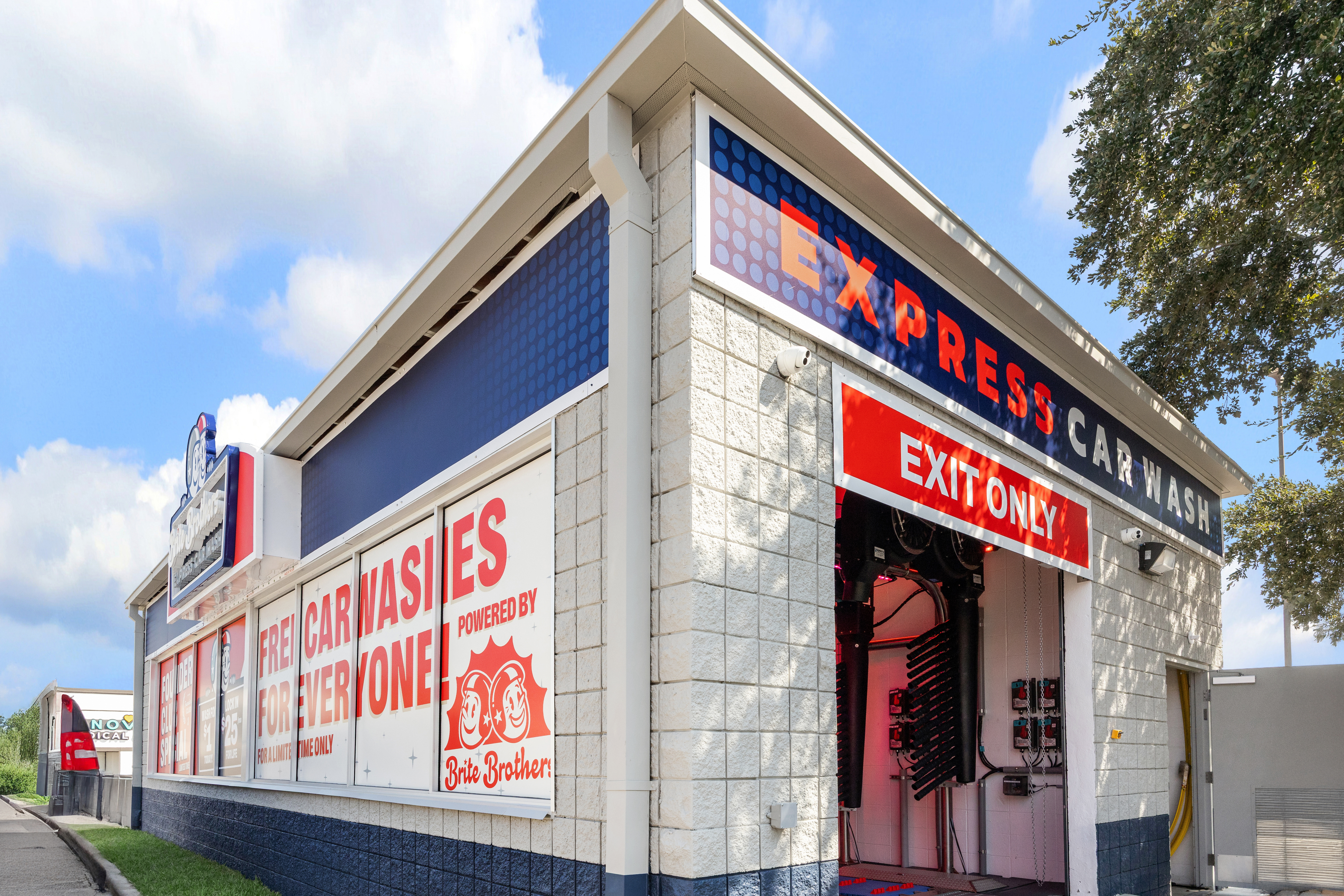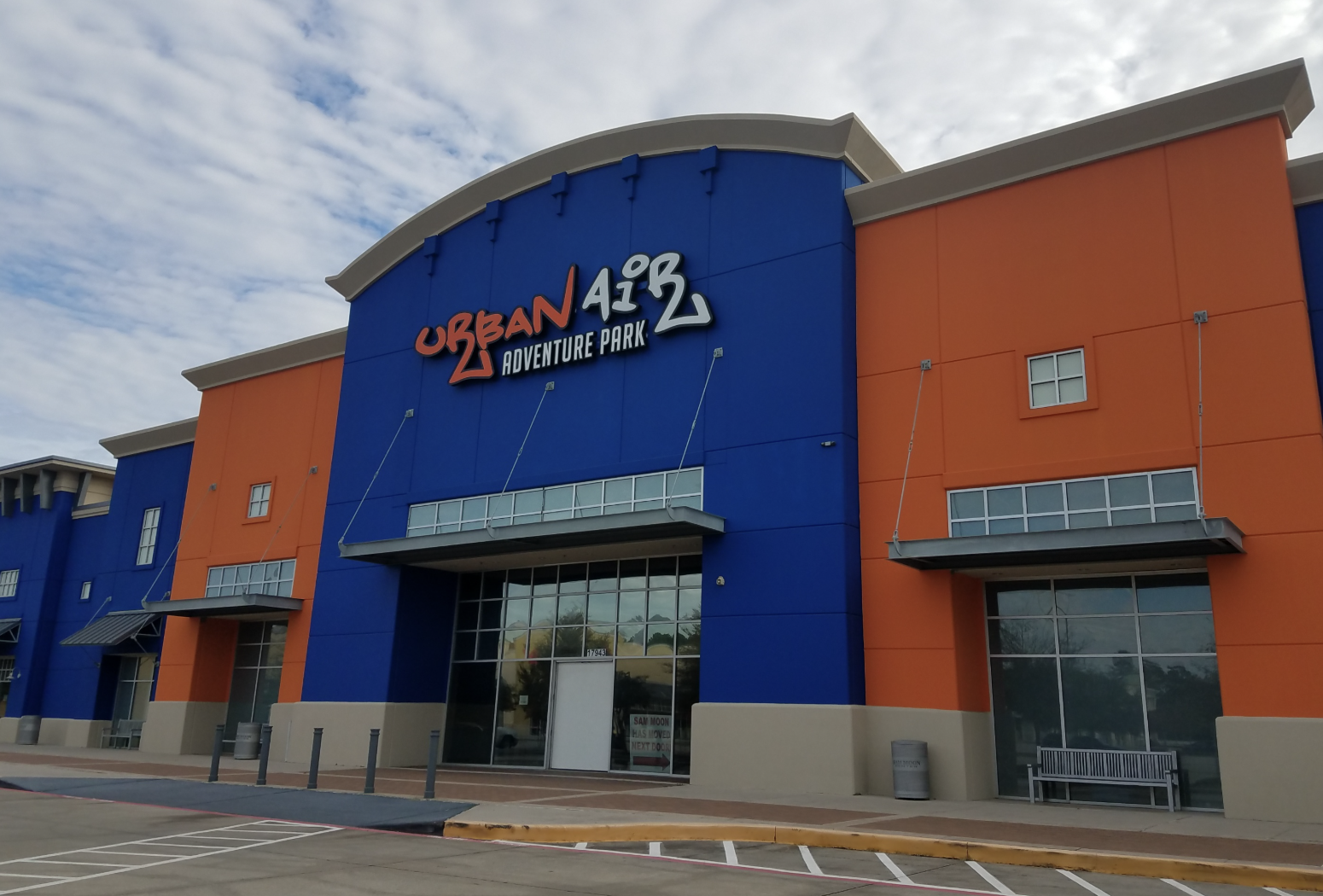
Why ADA-Compliant Signs Matter—And How to Get Them Right
Posted by 4D Marketing on Jul 15, 2025
As a business owner, you want everyone — customers, visitors, and employees — to feel welcome and confident while navigating your property. Yet, accessibility often begins not at the door, but with the signs that guide people through your space.
If your signage isn’t compliant with the Americans with Disabilities Act (ADA), you may not just be risking fines—you could be unintentionally excluding people from your business. That’s why ADA-compliant signage isn’t just a legal requirement; it’s a crucial part of making your business inclusive and accessible.
“The ADA is meant to ensure that people with disabilities can fully participate in all aspects of life. Almost all types of businesses that serve the public, regardless of their size or the age of their buildings, must follow the ADA,” says ADA.gov.
At 4D Signworx, we help business owners in Houston and across Texas stay compliant without sacrificing style, branding, or their unique vision. In this guide, we break down why ADA-compliant signs matter, what goes into making them, and how our team at 4D Signworx gets compliance and design right—every time.
What Is ADA-Compliant Signage?
ADA-compliant signage refers to signs that meet the specific requirements set by the Americans with Disabilities Act, a federal law passed in 1990 (and updated in 2010) to prevent discrimination based on disability. These requirements are about more than just following the rules—they’re about creating equal access for all.
ADA standards ensure that people who are blind, have low vision, or have mobility limitations can safely and efficiently find their way around buildings and public spaces. This is achieved through prescribed design elements like tactile text, Braille, proper color contrast, and standardized placement.
Why ADA Signage Is Legally Required
The ADA Standards for Accessible Design lay out clear regulations for businesses regarding signage in public accommodations and commercial facilities. If you own or manage a business that is open to the public, you are required by law to use ADA-compliant signs for permanent rooms and spaces, exits, restrooms, and accessible features (like elevators).
Failure to comply can result in:
- Costly fines: The Department of Justice can impose penalties for non-compliance.
- Legal action: Non-compliance can open your business to lawsuits from individuals or advocacy groups.
- Damaged reputation: Failing to make your facility accessible can alienate customers and harm your community standing.
“As a business owner, you should work to accommodate all of your customers and employees — especially those with disabilities,” says the U.S. Chamber of Commerce. “Depending on your business and its industry, you will have different requirements when it comes to compliance. The U.S. Department of Justice’s Primer for Small Business states that most businesses that serve the public in any way, from stores and restaurants to private museums and schools, must comply with the ADA.”
Where Are ADA Signs Required?
While most exterior signs (e.g., company names, building addresses, brand logos) are exempt, ADA rules apply to most interior wayfinding and room identification signs, especially for spaces with a permanent purpose:
- Conference rooms.
- Restrooms.
- Stairwells.
- Elevators.
- Kitchenettes, break rooms, or other designated areas.
If a room’s purpose is fixed for more than seven days, it must have ADA-compliant signage. Directional and informational signs (such as “Reception” or “Suite 200”) may also need to comply depending on their function.
What Makes a Sign ADA-Compliant?
ADA regulations are precise, and even small deviations can result in a failed inspection. Here are the key elements:
- Tactile Elements
- All room identification signs must have raised lettering (minimum 1/32" above the surface) that can be read by touch.
- Tactile letters should be in uppercase and follow simple, sans-serif font styles.
- Braille Translation
- Grade II Braille must be included and positioned directly below the corresponding text.
- Braille dots must be dome-shaped and comply with specific spacing requirements.
- Contrast and Color
- Characters must sharply contrast with their background. Typically, light characters on a dark background or vice versa are used.
- Highly-reflective or glossy finishes are discouraged to prevent glare.
- Font Choice and Readability
- Only easy-to-read, sans-serif fonts (like Helvetica or Arial) are permitted—no italics, scripts, or elaborate typefaces.
- Character height must fall within 5/8” and 2” for raised letters when serving dual tactile/visual purposes, and visual character height is based on viewing distance and mounting with minimum of 5/8”, 2” or 3” depending on height and distance.
- Placement and Mounting Height
- Signs should be mounted between 48” and 60” from the floor to the baseline of the lowest and highest tactile character, respectively.
- They must be installed on the latch side of the door. For double doors, placement is on the right side of the right-hand door.
- Pictograms (Where Required)
- Some signs must include pictograms (like a wheelchair symbol). These must sit inside a 6” vertical field with accompanying tactile text and Braille beneath.
Non-compliance with any one of these details can put your business at risk of penalties.
The Benefits of Prioritizing ADA-Compliant Signage
Investing in proper signage goes beyond legal obligation:
- Inclusivity: You signal to every visitor that they matter—and that your space is accessible to everyone.
- Professional Image: Well-crafted, compliant signs are durable, aesthetically pleasing, and express that your business is organized and attentive to detail.
- Branding Opportunities: Modern ADA signage can reflect your brand colors, style, and ethos while still following the rules.
- Risk Reduction: Reduce the risk of lawsuits, fines, or insurance complications.
Common Myths About ADA Signage—And the Real Facts
|
Myth |
Reality |
|
ADA signs look generic and unattractive. |
Custom designs allow for ADA signs that fit your branding and look professional. |
|
Only large companies need ADA signage. |
All businesses open to the public must comply, regardless of size. |
|
Only people with blindness need ADA signs. |
ADA signage helps those with low vision, mobility impairments, and other disabilities. |
|
Once installed, ADA signs never require updates. |
Remodels, changes in use, or new regulations may require updates or new signage. |
How 4D Signworx Helps You Get It Right
Here is how 4D Signworx helps your business stay compliant while designing attractive, on-brand signage:
Consultation and Needs Assessment
Our team assesses your facility to identify where ADA signs are needed, ensuring coverage for all required locations—from restrooms to stairwells.
Expert Guidance on Compliance
We stay up-to date with the latest ADA regulations, interpreting the fine print so you don’t have to. Our in-house experts recommend solutions tailored to your space and use case.
Custom Design That Reflects Your Brand
4D Signworx specializes in creating signage that is both ADA-compliant and visually appealing. We integrate colors, logos, and unique design elements within the compliance framework, so your signs represent your brand—not just the minimum legal requirement.
Quality Manufacturing
We use premium materials and manufacturing techniques to ensure tactile elements and Braille remain readable for years to come. Our signs are engineered for durability and lasting clarity.
Professional Installation
Improper mounting can render a compliant sign non-compliant. Our installation experts ensure every sign is positioned for maximum visibility and usability.
Ongoing Support
We’re here for the long-term—if you remodel, expand, or need to replace a sign, our support continues.
ADA-compliant signage is not only a federal mandate—it’s a sign of a welcoming business. By working with a knowledgeable partner like 4D Signworx, you can be confident your signage will be functional, compliant, and beautifully branded.
Contact 4D Signworx in Houston today to schedule a consultation or request a quote. Let’s make your business accessible for everyone.





